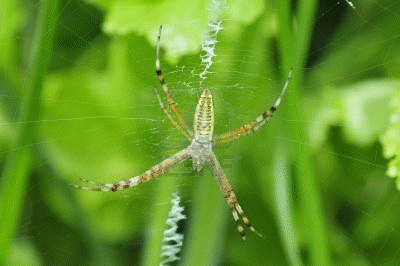 Phylum Arthropoda include insects, arachnids, crustaceans, and others. Whether one looks on the land, in the air, or under the sea, they will find representatives from this phylum. Approximately one million arthropod species have been described to date
Phylum Arthropoda include insects, arachnids, crustaceans, and others. Whether one looks on the land, in the air, or under the sea, they will find representatives from this phylum. Approximately one million arthropod species have been described to date An arthropod is an invertebrate (an invertebrate is an animal without a backbone) animal having an exoskeleton (external skeleton), a segmented body, and jointed appendages.
Arthropods are members of the phylum Arthropoda (arthron – "joint", and podos – "leg", which together mean "jointed leg"), and include insects, arachnids, crustaceans, and others. Arthropods are characterized by their jointed limbs and cuticles, which are mainly made of α – chitin; the cuticles of crustaceans are also biomineralized with calcium carbonate. The rigid cuticle inhibits growth, so arthropods replace it periodically by molting. The arthropod body plan consists of repeated segments, each with a pair of appendages.
They range in size from microscopic plankton up to forms a few meters long. In terms of numbers and the diversity of species, Phylum Arthropoda is the most successful group in Kingdom Animalia. Whether one looks on the land, in the air, or under the sea, they will find representatives from this phylum. Approximately one million arthropod species have been described to date. In the phylum Arthropoda, cockroaches are studied extensively. The American, Cockroach, Periplaneta americana, is an ideal subject for the study of insect anatomy. It is a familiar insect to the public and has been studied extensively by the scientific community.